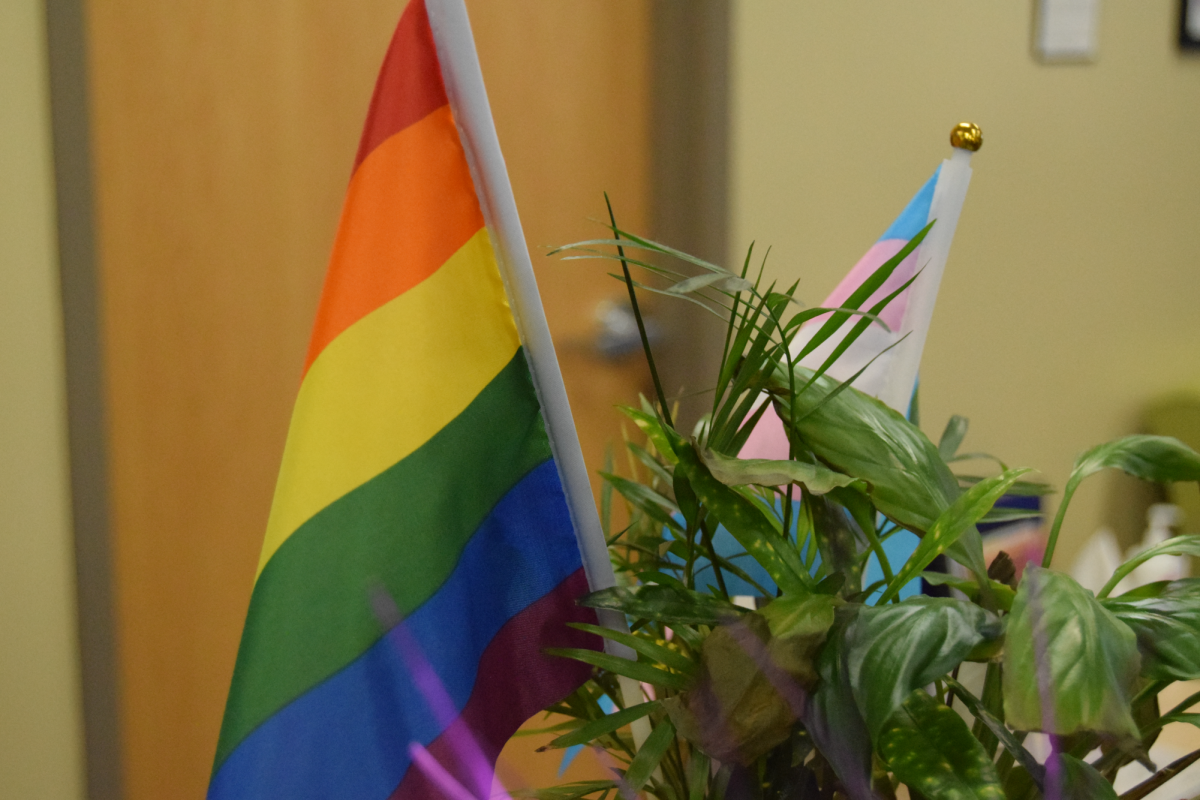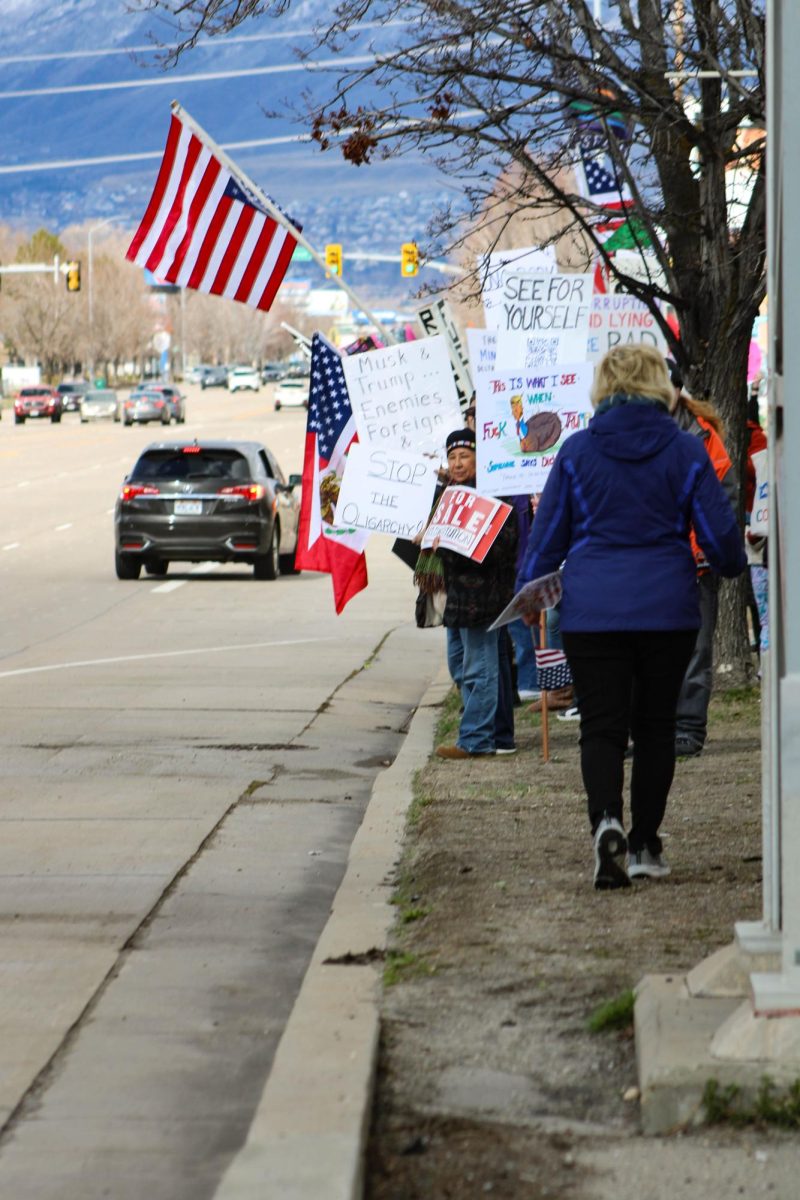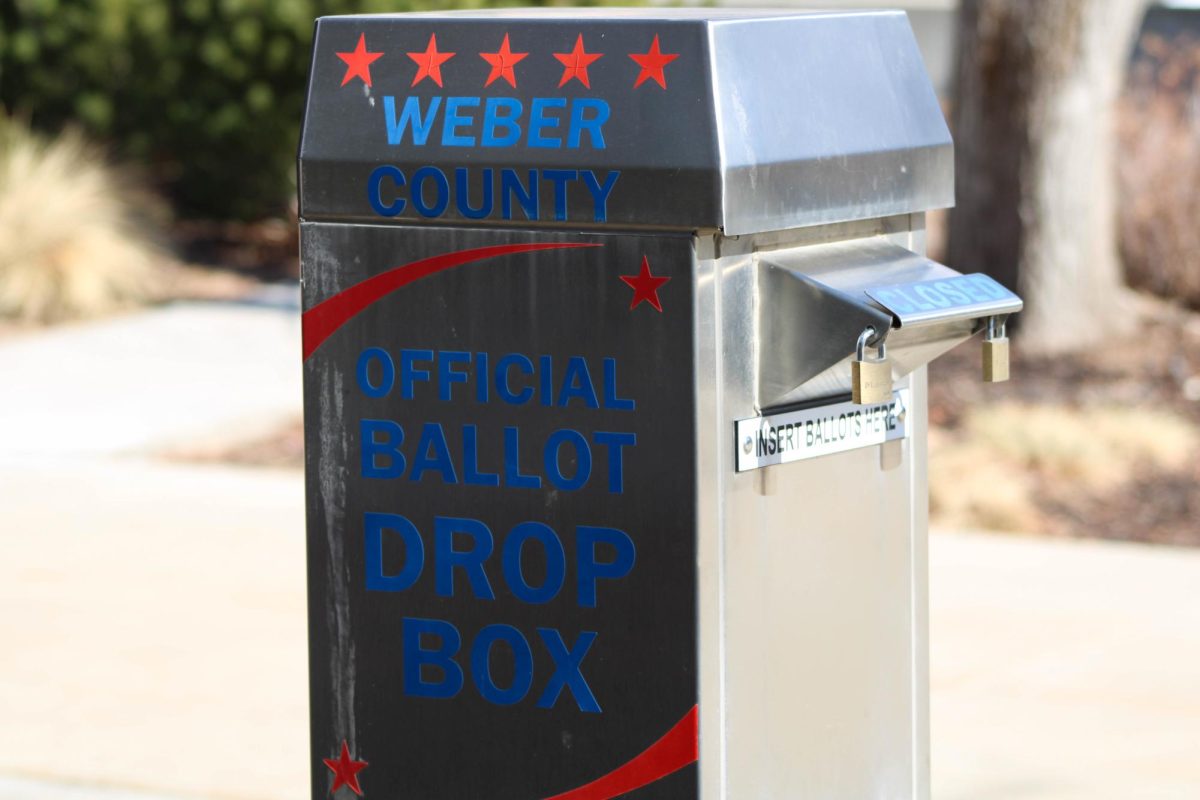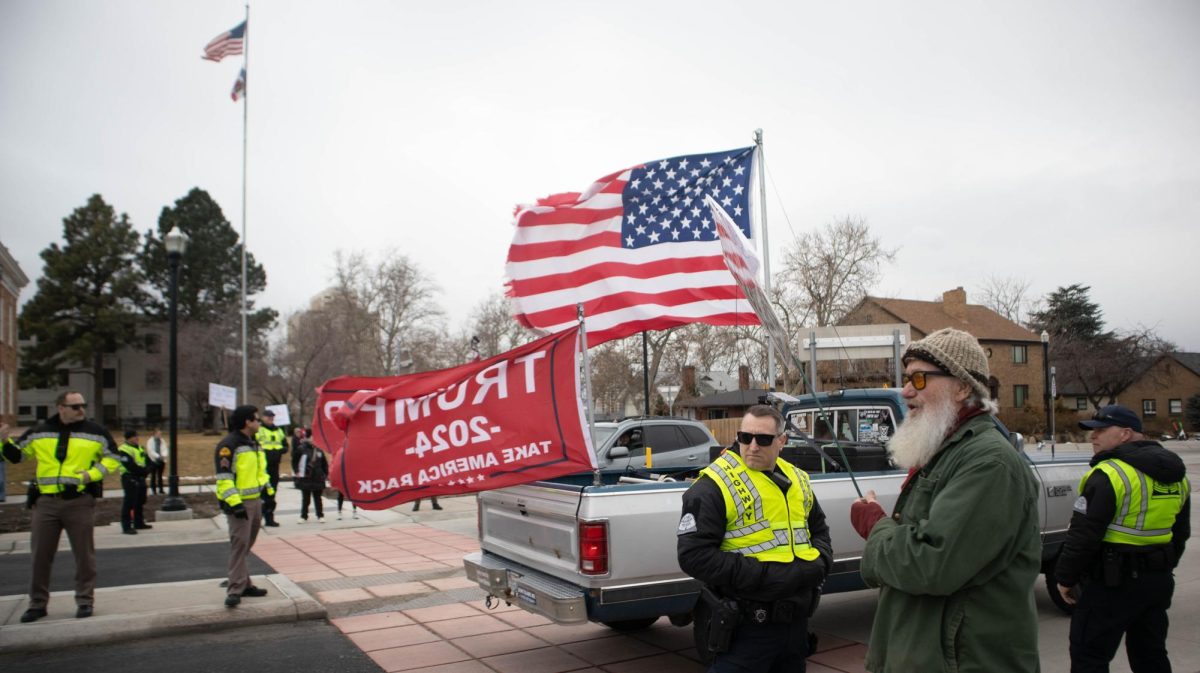
On June 28, five Capital Gazette employees went to work not knowing it would be for the last time. Unlike their coworkers, they never went home that day because Jarrod Ramos, who swore in court to kill a Gazette writer, entered the Capital Gazette Communications building in Annapolis and shot and killed Gerald Fischman, Rob Hiassen, John McNamara, Rebecca Smith and Wendi Winters. Another two were injured.
Ramos entered the building at 2:30 p.m. Eastern time after barricading the room’s only other exit. He broke in with a shotgun, which, according to The Baltimore Sun, he acquired legally months prior to the attack.
According to USA Today, police apprehended Ramos on site, within minutes of the shooting, where he was hiding under a desk after fatally shooting the five members of the staff.

President Donald Trump made a public statement regarding the shooting, saying it was a “horrible, horrible event” and that no one should fear a violent attack for doing their job. This attack comes on the heels of the shooting in Orlando, which killed five and injured one, and the Santa Fe shooting, which killed 10 and injured 13, among countless others that weren’t high enough profile to make national news.
The Gazette released an editorial piece July 1 thanking the public for the outpouring of public support in the wake of the shooting. They also, however, declared that they won’t forget the death threats and emails telling them those killed got what they deserved. They noted the shouting down of one of their reporters for cursing on national television after the senseless attack.
“We won’t forget being called an enemy of the people,” the Capital Gazette editorial said.
The public was quick to politicize the issue. Digital Producer for the Standard-Examiner Jessica Kokesh tweeted that someone had called the Standard-Examiner newsroom to check whether the Capital Gazette was a conservative or liberal publication.
Standard-Examiner reporter and columnist Mark Saal published a column on July 1 in support of the Capital Gazette discussing threats that had been leveled at the Standard-Examiner in the past. One time, political cartoonist Cal Grondahl received an explicitly detailed threat proclaiming an offended reader was going to plant a bomb under the hood of Grondahl’s car.
Although Saal’s piece remains tongue-in-cheek, he expresses concern for journalists and news writers everywhere in the wake of this attack: that someone, somewhere, has a weapon and a bone to pick with a
publication.



















